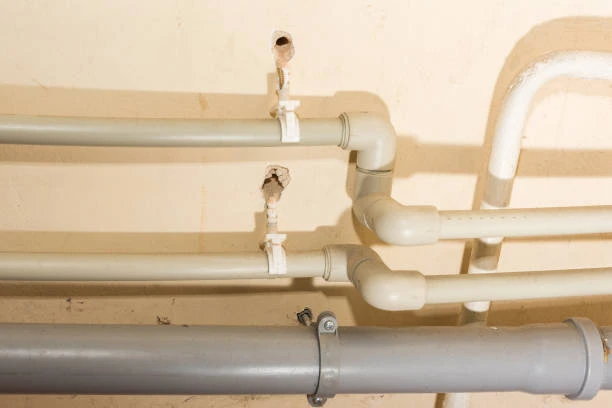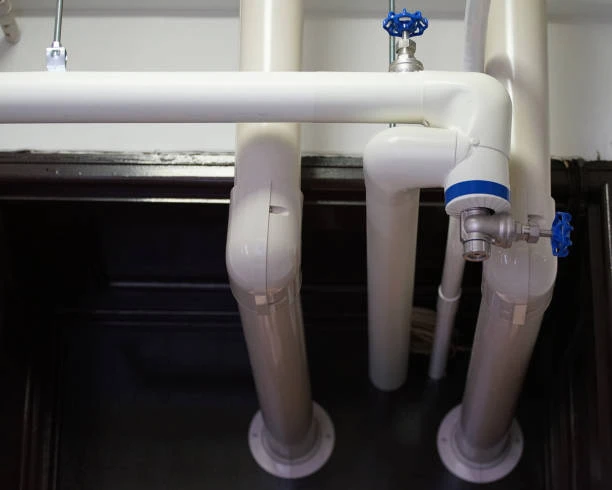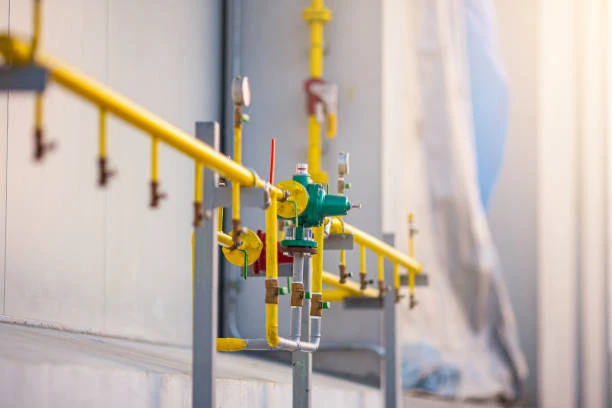Proper maintenance of PPR (Polypropylene Random Copolymer) pipes ensures long-term durability and functionality. These pipes are widely used due to their excellent pressure resistance and versatility. Below are eight practical tips to maintain PPR pipes effectively, with a focus on PPR pipe pressure rating.
1. Understand the PPR Pipe Pressure Rating
Every PPR pipe comes with a specific pressure rating, which determines its ability to handle pressure. Higher pressure-rated pipes suit heavy-duty applications. Always check the PPR pipe pressure rating before installation. For example, a PPR pipe rated at PN20 is ideal for hot water systems. If the operating pressure exceeds the rating, the pipe may deform or burst. Regularly monitor water pressure to ensure it stays within the acceptable range.
2. Use Compatible Fittings and Accessories
Always pair PPR pipes with fittings that match their pressure rating. Mismatched fittings can create weak points in the system. For instance, a PN16 fitting may not handle the same pressure as a PN20 pipe. This mismatch could lead to leaks or system failure. Ensure all accessories, including valves and connectors, align with the pipe’s specifications
3. Inspect Pipes Regularly for Damage
Periodic inspections help detect wear, cracks, or leaks early. Look for signs of pressure-related stress, such as bulging or distortion. Use tools like ultrasonic detectors to measure pipe thickness. Replace pipes or fittings showing wear to prevent sudden system failures. Consistent inspections also ensure the PPR pipe pressure rating remains effective throughout the pipe’s lifespan.
4. Prevent Thermal Stress on Pipes
Excessive heat weakens PPR pipes, especially under high pressure. Ensure the temperature remains within the pipe’s rating. For example, PN20 pipes typically handle temperatures up to 80°C. Install insulation for pipes exposed to direct sunlight or high temperatures. Avoid using low-pressure-rated pipes in hot water systems to minimize risks.
5. Avoid Over-Tightening Connections
Over-tightening pipe connections can damage threads and compromise the PPR pipe pressure rating. Use torque wrenches to ensure proper tightness. For example, when joining pipes, stop tightening as soon as resistance increases. This prevents over-stressing the fittings and maintains system integrity.
6. Flush Pipes to Prevent Blockages
Blockages from debris or sediment can increase pressure within the system. This pressure may exceed the PPR pipe pressure rating, causing damage. Flush the pipes regularly to remove dirt, especially in high-pressure systems. Install strainers or filters to minimize debris entering the system.
7. Protect Pipes from External Impact
External impact from tools or heavy objects can damage PPR pipes. Such damage weakens their pressure-bearing capacity. Avoid installing pipes in high-traffic areas or where physical damage is likely. Use protective casings or sleeves for added protection. These measures ensure the PPR pipe pressure rating is not compromised.
8. Train Personnel in Maintenance Practices
Proper training helps ensure correct maintenance of PPR pipes. Teach workers about the significance of PPR pipe pressure ratings and safe handling techniques. Use real-life examples to illustrate the consequences of neglect. A well-trained team reduces risks and extends the lifespan of your piping system.
By following these maintenance tips, you can preserve your PPR pipes and ensure their pressure ratings remain effective. Proper care guarantees efficient and safe operations, minimizing long-term costs and system downtime.
IFAN Products international standards
IFAN products strictly adhere to a comprehensive range of international standards, encompassing ISO 15874, EN 15874, ASTM F2389, DIN 8077/8078, GB/T 18742, NBR 15884, ISO 15494, EN ISO 15494, GB/T 19472, NBR 15494, ASTM 2846 (501), DIN 8079/8080 (502), ASTM F441/F441M SCH80 (503), DIN (504), DIN (505), GB/T 18993, AS/NZS 1477, CSA B137.6, NSF/ANSI 14, TIS 17-2532/1131-2535, BS 3505, BS 4346 (801), ASTM D1785 SCH40 (802), ASTM D1785 SCH80 (803), DIN (804), GB (805), GB (806), GB(901), DWV(902), ASTM D2665 (903), along with ASTM D2241, D2665, D2729, and F441/F441M series, ISO 1452, EN ISO 1452, DIN 8061/8062, GB/T 10002, AS/NZS 1477, JIS K6741, CSA B137.3, and other national and industry norms.
Connect
IFAN is a Chinese manufacturer of plastic pipes, fittings and valves with 30 years of experience. If you are interest in IFAN copper fittings, copper valves, plastic pipes and fittings, please contact us. IFAN offers you a variety of standard pipes to meet your specific needs. Click below to learn more about IFAN’s wide range of affordable and cost-effective valve products and piping system related products.
We will reply your email or fax within 24 hours.
You can call us at any time if there is any question on our production.
For more information,pls visit our webside https://waterpipefitting.com/
Pls Mailto: [email protected]
Whatsapp: + 86 19857948982














Recent Comments